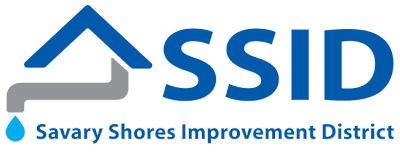The purpose of a properly working septic system is to remove harmful contaminants from human wastewater. Your septic system health is your responsibility. The BC Sewerage System Regulation (SSR) states that "an owner must ensure that a sewerage system on the owner's land is maintained in accordance with the maintenance plan" and that "an owner must keep records of maintenance."
You should have a Maintenance Plan provided by your septic system installer. Installers are Registered Onsite Wastewater Practitioners (ROWP), trained and operating under the SSR and the Standard Practices Manual (SPM). The Maintenance Plan should include an explanation of general system function and operational expectations; contact information and emergency contacts; the owner's responsibility under the SSR; any special skills needed by the maintenance provider; any items remaining to be completed after commissioning; a simple list of system “Dos and Don’ts” and a sewage source control guideline. (page III-22 SPM)
If you have not been employing a ROWP to maintain your system in accordance with a Maintenance Plan, your system might not be working properly, or at all. An unmaintained system can result in sewage back-flow into the house, or overflow into the septic field, with strong odour, puddles or raw sewage on your lawn, which is a dangerous environmental health hazard. A well maintained system is designed to filter out solids before the wastewater is evenly distributed through pipes in your drain field, where the soil naturally filters out most remaining contaminants.
Pumping out the septic tank is a basic ongoing requirement to prevent the septic tank from becoming full and dumping unfiltered sewage into your drain field. Changing the tank filter can remove clogs that prevent proper filtration. The required frequency of these maintenance procedures will be affected by the number of people and the amount of water they use. If, for example, your system was designed for 3 people, but you actually have 15 people staying with you throughout the summer, using the bathroom, the laundry, and the kitchen, your septic system may be unable to process the human waste at that rate.
Nitrates are one of the harmful contaminants derived from human wastewater. They are created by microbes in the drain field. In a properly functioning drainage system, the nitrogen in nitrates will be taken up by plants, or de-nitrified by other microbes, thereby changing nitrates to a harmless molecule. If the septic system has been overloaded, the nitrates can accumulate and be flushed through the ground toward the aquifer without having been treated by natural processes. For more information on nitrates, see nitrates references below.
SSID trustees have been mandated to provide clean drinking water to residences in the District. They do so by maintenance of the water system, and by regulations and education on residential use. Water use is granted to properties, with the expectation that a septic system will be in operation within two years of the water connection date. Pit toilets (outhouses, privies) are not a method of sewerage system. Pit toilets add unfiltered contaminants to the soil.

